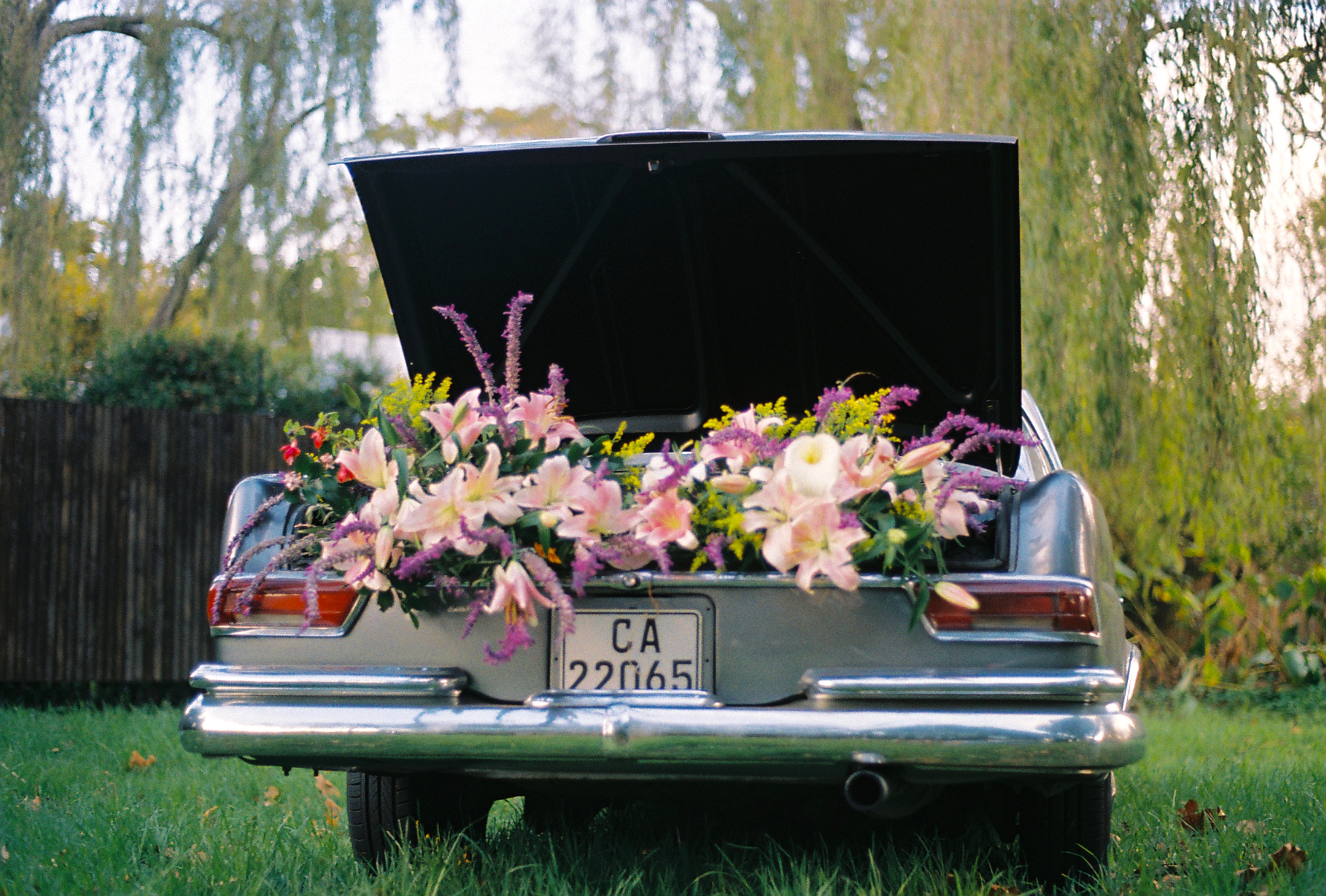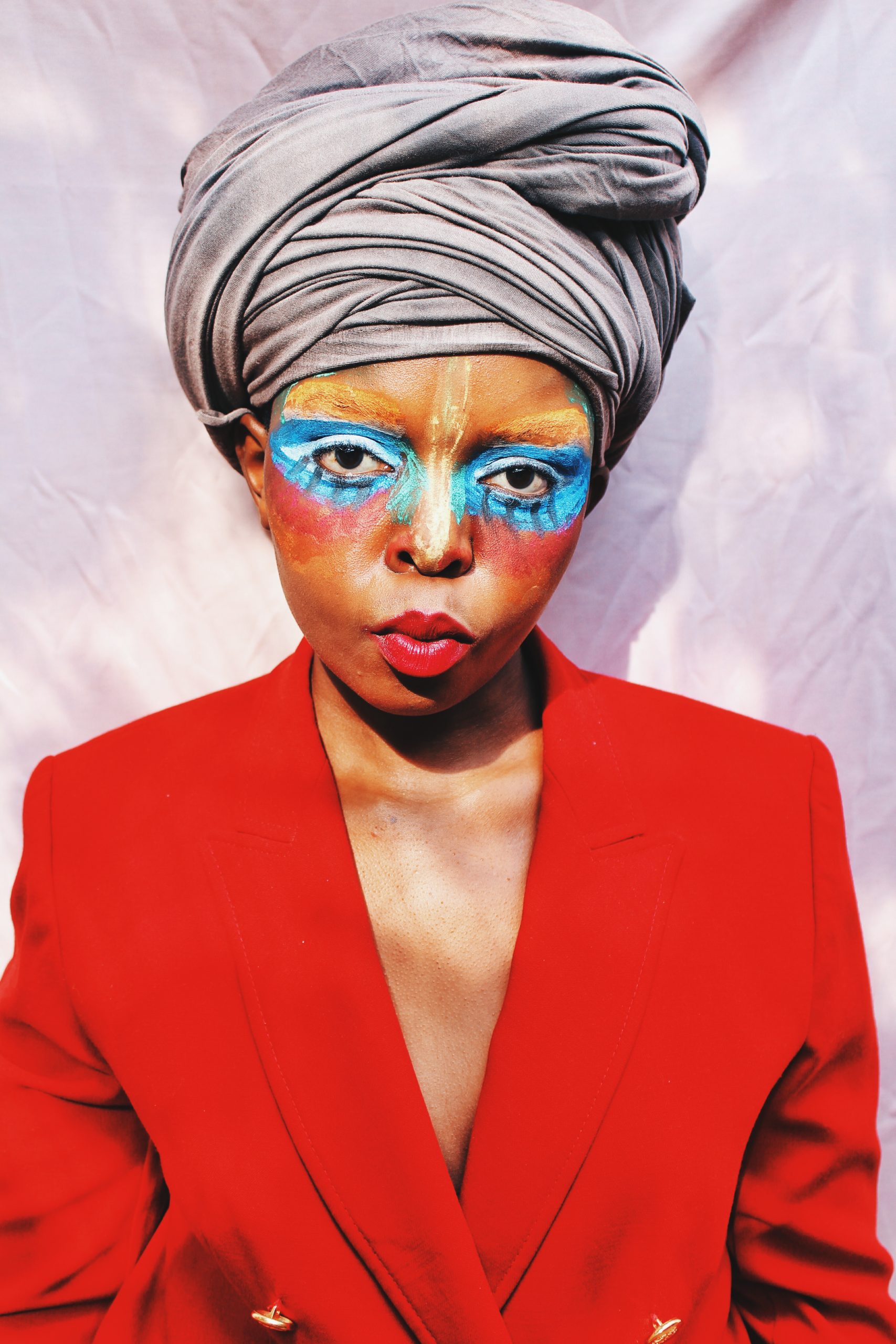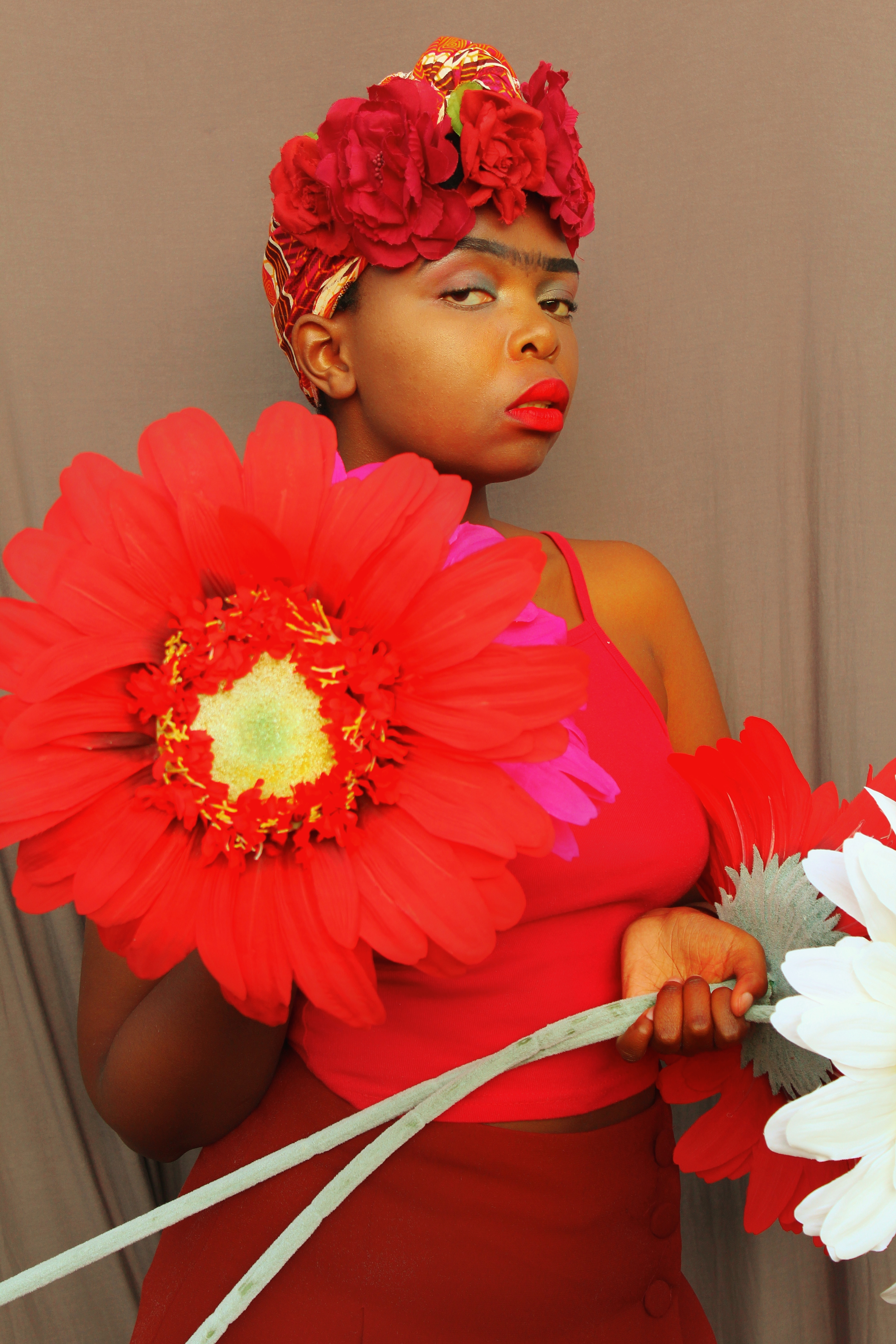Sandton, often described as the richest square mile in Africa, is a concrete and glass habitat that is constantly transforming. In the last few years, it’s evolution has been increasing at a rapid rate. Yellow sand, piles of bricks, and orange cones have become the welcoming party for anyone walking or driving through the area. Buildings are getting taller, wider, and even more over-the-top. We are exposed to the operations of the corporate and construction surgeons who make building plans and rip our electric cables to give the area a new face lift.

Sandton. A place married to the rich with luxury as its maiden name. However, for this marriage to continue there has been a necessary combination of the formal and informal sectors. People who were never imagined as the occupiers of streets in Sandton, have now made a way for themselves to be accommodated for in this space. While they may be viewed by some as the people who are out of place, they are in fact the arteries that keep the money pumping through Sandton’s veins.
Photographer Jonathan Kope saw an opportunity to photograph Sandton in the midst of its evolution. I interviewed him to find out more about the story behind the shoot.


Tell me about the decision to make the backdrop for the shoot Sandton?
When a production decides to shoot on ‘location’ in Johannesburg, especially in a commercial or fashion sense, creatives often seems to want ‘ generic South African urban grit’. Teams shoot the CBD, or on top of buildings overlooking the cityscape and aim to capture the ‘real’ city. But the repetition of that urban trope ends up being a dishonest representation of the wider city as it dismisses the more ‘everyday’ places as unworthy of celebrating. The idea of shooting Sandton – the most banal, normal, peak Joburgy place –seems somehow both an interesting departure from the tired usual and the most obvious backdrop for a pairing that wants to take a more realistic and honest approach to shooting the city.


What is the basic story that you were trying to get across with placing the model in various locations in Sandton (particularly spaces that show construction sites and unfinished buildings in the background)?
Sandton, to quote its promotional material, is the richest square mile in Africa. It’s also experiencing an unprecedented building boom, with a new shining corporate HQ seemingly going up on every corner. This burgeoning creates an interesting landscape of contrasts – slick surfaces and roadways torn apart to lay electrical cables, Sandton’s old landmarks about half-finished buildings. It’s a perfect mess of a place in which to shoot; atop the initial concept of depicting somewhere well known and well recognized, we see said space in total disarray. It’s odd.
And it’s also a moment in time that is finite – we needed to shoot it before it was put back together.



In the initial email about the shoot there was mention of an informal economy that has developed around this area to cater for those who are part of building this new Sandton landscape but who fall outside of the formal economy. Can you share a bit about how this falls into the story?
It’s yet another layer of complexity which makes the site so compelling, or at least so compelling at present. Sandton is usually a sheltered enclave peopled by the wealthy of Johannesburg. Much of what happens in Sandton takes place in hi-rise office blocks, or inside the various malls around the area. One seldom sees people out on the street, except perhaps getting in and out of Ubers to nip down to the Gautrain. This describes much of suburban Joburg – no evidence of street life. The key exception to this being the CBD. Now, however, with the intense construction work taking place all around it, there is an influx of workers who ordinarily wouldn’t be seen in the area, and most definitely are not taking lunch breaks at the Flamingo room on Nelson Mandela square. So a sort of informal trade has developed to service the needs of this populace, and it all takes place on the street outside the shopping mall. There are food stalls, tuck-shops and the like doing a brisk trade with the men in safety gear and dirty overalls, as professionals in luxury vehicles drive past to park their cars for the evening’s shopping at the Sandton Woolies. Suddenly, temporarily, Sandton has a semblance of being a vibrant and dynamic place.


Share a bit about your creative and conceptual process while putting this shoot together?
We, that is Bee and myself, have found that we are in a similar creative space. We want to create ‘honest’ natural imagery that is tied to a place and a time and that reflects a certain common humanity that is recognizable and without pretense, but is at the same time alluring. A mix of the odd and the normal. Just like people.
Conceptualizing becomes a fluid process when the team is in sync. We started with the kernel of ‘why are we shooting what we’re shooting’ and ‘why here’ and built layers from that, with the help of some spontaneity, good logistics and good luck.



Credits:
Photographer: Jonathan Kope
Styling: Bee Diamondhead
MUA: Annice Roux
Model: Hauwa Dauda Asingar from Ice Models
Fashion Assistants: Amy Zama, Shawn Ntuli
Fashion: Stylist’s Own












































